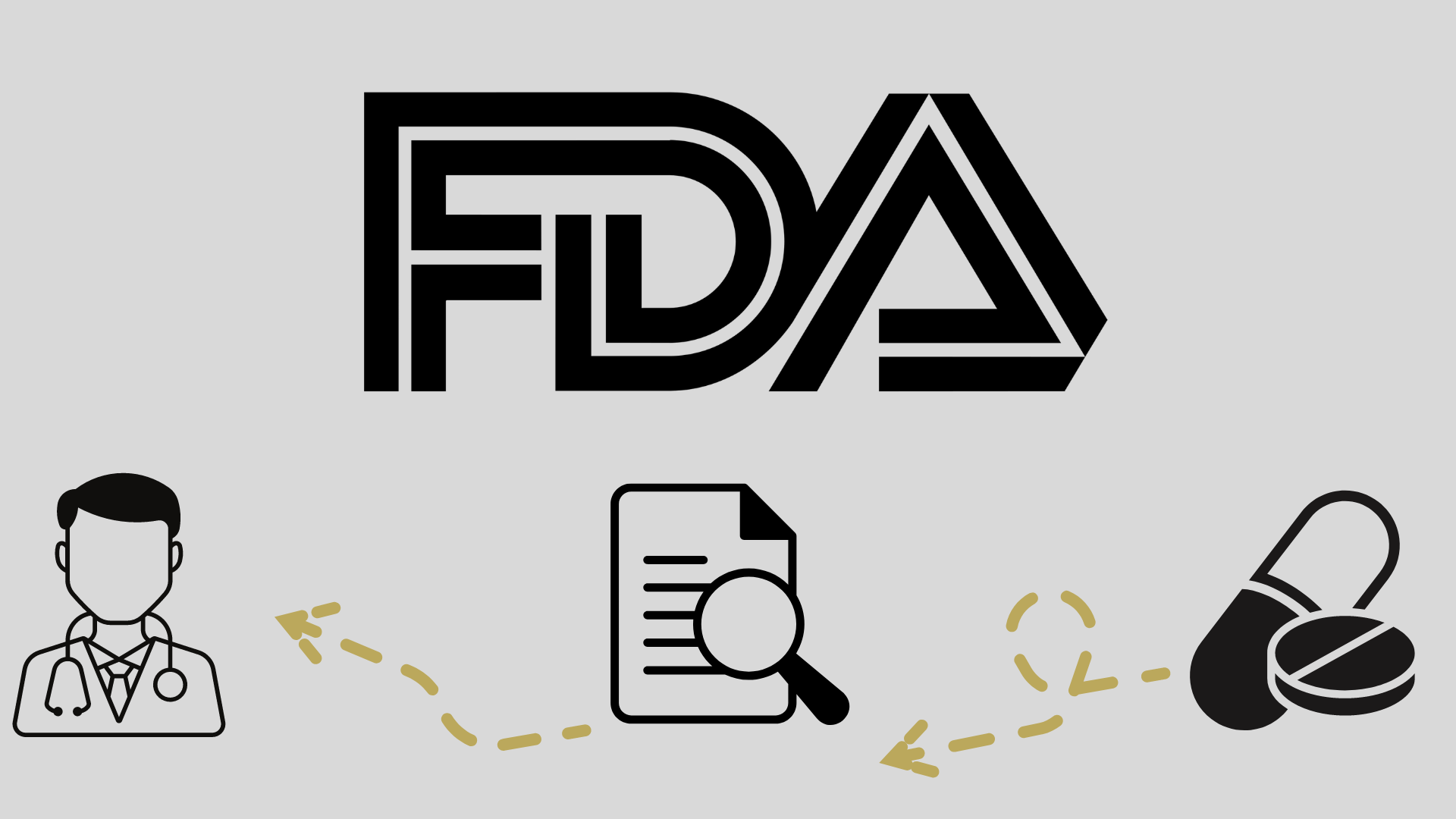
FDA Oks Optune Lua for Use With PD-1/PD-L1 Inhibitors in Metastatic NSCLC

Following promising results from the phase 3 LUNAR trial, the FDA has approved Optune Lua for use with PD-1/PD-L1 inhibitors or docetaxel in patients with metastatic non–small cell lung cancer.
- The FDA has approved Optune Lua in metastatic non–small cell lung cancer (NSCLC) following platinum-based regimen progression.
- This approval of Optune Lua is for concurrent use with PD-1/PD-L1 inhibitors or docetaxel.
- Findings from the phase 3 LUNAR trial (NCT02973789) support this approval.
The FDA has granted approval to Optune Lua for concurrent use with PD-1/PD-L1 inhibitors or docetaxel in adult patients with metastatic NSCLC whose disease has progressed on or after a platinum-based regimen.1
Optune Lua is a portable device that generates alternating electric fields, known as tumor treating fields (TTFields). These are delivered via noninvasive, wearable arrays. TTFields selectively disrupt mitotic processes by exerting physical forces on electrically charged cellular components during cell division, which leads to cancer cell apoptosis.
The regulatory decision was backed by findings from the phase 3 LUNAR trial.2 In this study, patients who received Optune Lua in combination with either a PD-1/PD-L1 inhibitor or docetaxel (n = 145) had a median overall survival (OS) of 13.2 months (95% CI, 10.3-15.5).
In comparison, patients who were treated with only a PD-1/PD-L1 inhibitor or docetaxel (n = 146) achieved a median OS of 9.9 months (95% CI, 8.2-12.2). The difference between the 2 groups was statistically significant (P =.04).
“There have been a number of important advances in first-line treatment for NSCLC, but this is an aggressive disease, and most patients will develop progression, with limited effective treatment options in second line and beyond,” said Ticiana Leal, MD, associate professor and director of the Thoracic Oncology Program at the Winship Cancer Institute of Emory University School of Medicine and primary investigator of the LUNAR study, in a press release.1
The results of the pivotal phase 3 LUNAR trial mark the first significant improvement in median OS for this patient population in over 8 years. This breakthrough represents a major advancement in treatment outcomes.
“The OS results we observed with Optune Lua in the LUNAR study mark the first substantial improvement in more than 8 years in this patient population which, when combined with Optune Lua’s lack of systemic toxicity, make this a compelling development for many patients and their physicians who need better treatment options for this advanced disease,” added Leal.
Additional Data From the LUNAR Trial
The randomized, open-label, phase 3 LUNAR study sought to evaluate Optune Lua in patients at least 22 years of age with metastatic NSCLC.3 Patients must have had disease that progressed on or after platinum-based chemotherapy, and they were allowed to have squamous or nonsquamous histology. Additionally, patients must have had an ECOG performance status of 2 or less. Prior treatment with a platinum-based regimen was required; however, there was no limit on prior lines of systemic therapy.
This study was conducted across 130 sites in 19 countries and patients were randomized in a 1:1 fashion to receive Optune Lua with the investigator's choice of concurrent standard systemic therapy or systemic therapy alone. Investigator's choice of therapy consisted of nivolumab (Opdivo), pembrolizumab (Keytruda), atezolizumab (Tecentriq), or docetaxel. Further, TTFields were given continuously at 150 kHz to the thoracic region. The target was an average of 18 hours per day of device usage.
The primary end point of the study was OS in the intention-to-treat population. Secondary end points included OS, progression-free survival, overall radiological response rate, quality of life using the EORTC QLQ C30 questionnaire with LC13 addendum, and safety.
Additional data from the phase 3 trial were published in The Lancet Oncology. Among the patients treated with Optune Lua plus an immune checkpoint inhibitor (n = 66), the median OS was 18.5 months (95% CI, 10.6-30.3) vs 10.8 months (95% CI, 8.2-18.4) for patients treated with a checkpoint inhibitor alone (n = 68; HR, 0.63; 95% CI, 0.41-0.96; P =.030). Of the 71 patients treated with Optune Lua in addition to docetaxel, the median OS was 11.1 months (95% CI, 8.2-14.1) vs 8.7 months (95% CI, 6.3-11.3) in the docetaxel alone arm (HR, 0.81; 95% CI, 0.55-1.19; P =.28).2
For safety, 63.1% of the experimental arm experienced device-related adverse effects (AEs), most of which were low grade.1 One of these AEs was grade 3 skin toxicity, which required a break from treatment, and this occurred in 4% of patients.
Additionally, there were no grade 4/5 AEs related to Optune Lua observed in the study, and no device-related AEs leading to death were reported.
“Novocure is committed to extending survival in some of the most aggressive and difficult-to-treat cancers. The approval of Optune Lua brings a new and urgently needed option for people with metastatic NSCLC who have progressed while on or after platinum-based chemotherapy. We are grateful to the patients, caregivers, investigators, and health care providers who supported the clinical trials that led to this approval,” added Asaf Danziger, chief executive officer of Novocure, in the press release.1









































